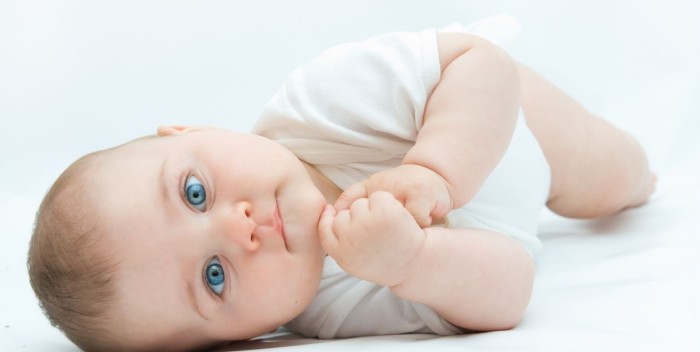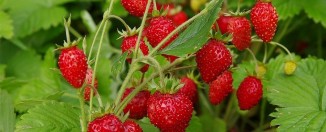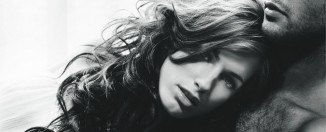Scabs on the head of a child
Scalp problems occur frequently in children. You should not be afraid of this: these layers look unsightly, but babies do not cause much discomfort. However, it is necessary to treat them in order to prevent the development of the disease. To do this, you first need to find out the reasons for the appearance of crusts on the head.
Content
Crusts on a child's head: reasons
The main cause of crust formation is the so-called seborrheic dermatitis. Children's skin is very delicate, so it is prone to skin disorders. In young children, the sebaceous glands are actively working and there is not enough sweat, but with the growth of the baby, the situation will normalize. 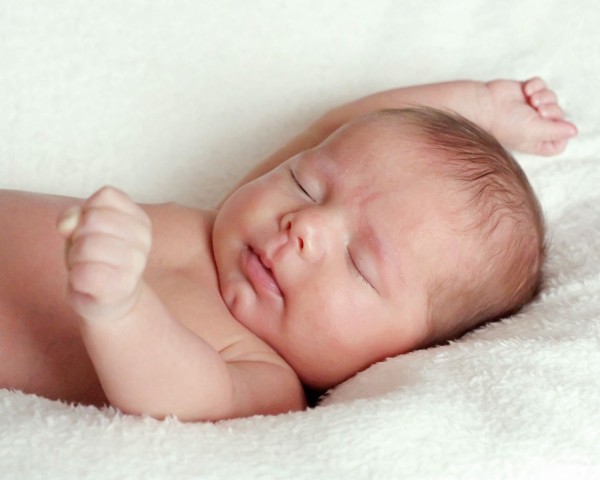 Seborrhea often occurs in infants, but sometimes children under the age of 14 also suffer from it. It can be caused by various factors:
Seborrhea often occurs in infants, but sometimes children under the age of 14 also suffer from it. It can be caused by various factors:
- Fluctuations in hormonal levels.
- Hereditary predisposition (sometimes this ailment can be transmitted from parents).
- Lack of vitamins in the body, especially vitamin B.
- Disturbances in the functioning of the nervous system or thyroid gland (in older children).
- Overheating of the head or, conversely, hypothermia.
The reasons for the development of seborrhea should also be looked for among the products that are used to wash the child: they may contain allergic additives.
As for the lesions, they can occur in different ways, since they depend on the location of the sebaceous glands. Depending on the form of seborrheic dermatitis, the baby may also have bald patches or red spots.
Crusts on the head of a child at 5 years old
It also happens that children do not have crusts in infancy, and later, for example, at the age of five, they appear. Such peeling is very frightening for caring parents, but they can occur for natural reasons.
Their appearance can be caused by inadequate hygiene, disruption in the work of the sebaceous glands caused by infectious diseases of the mother during pregnancy, or problems with hormones. Usually the crust is very dense and has a gray or yellowish tint. You should not try to remove it, so as not to damage the skin. 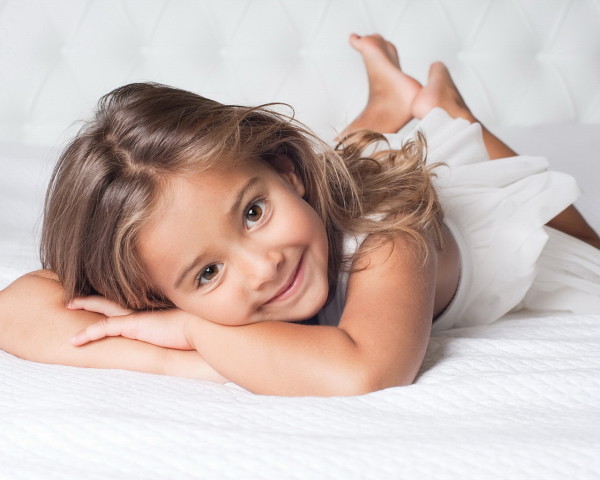
The best way to cope with the trouble will help a well-sterilized oil, which you need to carefully lubricate the affected areas, after which, put on a hat and leave for 15-20 minutes. Vaseline or salicylic ointment is also suitable for this purpose. At the end of the procedure, you need to wash your child's head well and remove the remaining crusts. For combing, a comb made of natural material with rare teeth is suitable, and you can remove the remnants of the crusts with a soft brush.
How to remove crusts on a child's head
The main method, which you cannot do without in the fight against crusts, is combing. You will also need a special product, such as a baby exfoliating cream. The child's head should be washed well, blotted with a towel and applied to the entire surface of the head. The cream should be left on the head overnight under a cap made of natural material. In the morning, you should comb out all the crusts well, rinse and dry your head.
If this does not help, it is better to consult a doctor who will examine the child and prescribe therapeutic treatment.
To avoid relapse, great attention should be paid to the prevention of dermatitis. Try an anti-seborrheic shampoo that can help reduce fungal activity and reduce skin inflammation. 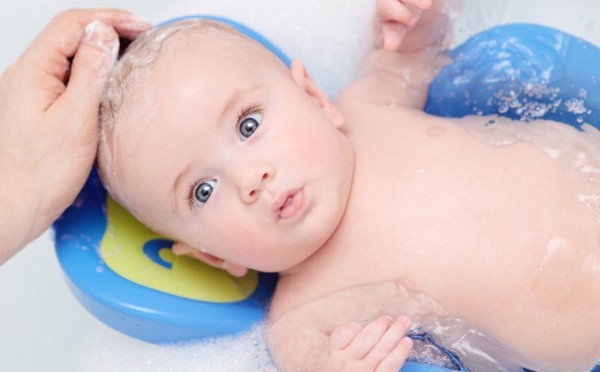
In addition, too frequent shampooing should be avoided. This causes dry skin, which activates the sebaceous glands and can cause hardening of the crusts.
Do not wrap children too much in warm clothes when this is not necessary: sweating can provoke the development of seborrhea.
It is very important to regularly examine the child's head for peeling, itching, and allergic reactions. Together with the pediatrician, a good drying cream should be selected for the child.
Since the onset of dermatitis is sometimes associated with allergies, it is recommended that a special diet be prepared. It is necessary to exclude from the menu foods that cause a negative reaction of the body: fatty foods, sweets, flour. It is imperative to increase the consumption of foods containing vitamins A, B and C.
Timely treatment and regular prevention will help the baby get rid of this ailment.
